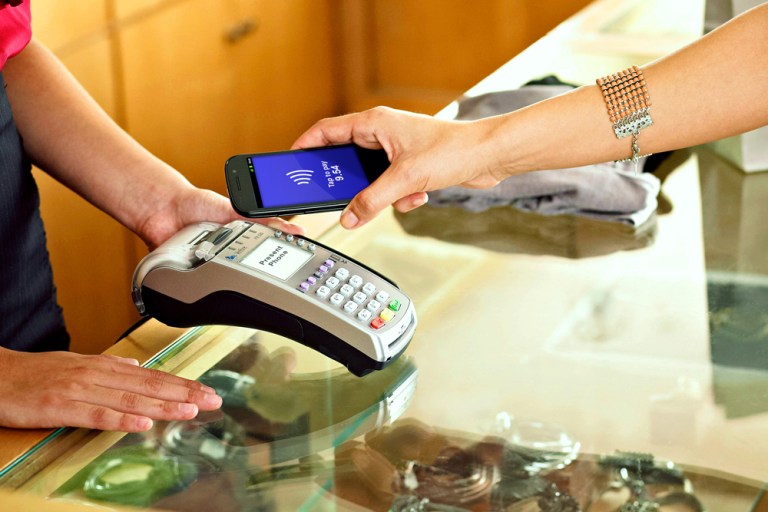Will 2016 Be mPayments’ Consumer Adoption Year?

Are consumers coming around to mobile payments? As we head into 2016, new data from Retale shows why next year is poised to be the year of mobile pay.
In a Dec. 2015 survey, when consumers (1,000 adults) were asked if retailers should offer mobile payment in-store at checkout, 63 percent of consumers replied yes; 2014’s figures recorded 57 percent for the same question. But when asked if they were interested in making an in-store mobile payment, 56 percent said yes. This figure was unchanged from last year.
When asked if they had used their mobile device to make an in-store purchase, 43 percent reported they had; in 2014, 36 percent said they had.
EMarketer’s data from the year shows that U.S. proximity payments are poised to grow drastically over the next four years. Based on its research, eMarketer reported that 2015’s proximity mobile payment users totaled 23.2 million. By 2016, that figure was expected to go up to 37.5 million. That trend continues on in 2017’s projection of 50.2 million, 2018’s of 58.8 million and 2019’s of 69.8 million.
Those mobile payments forecasts call for a staggering 210 percent growth in transaction traffic by the end of 2016. Bryan Yeager, an analyst at eMarketer, explained that multiple elements will combine to make next year a particularly promising one for the future of mobile payments.
“Several factors will drive substantial mobile payments growth in the U.S.,” Yeager said. “Mobile wallets, like Apple Pay, Android Pay and Samsung Pay, will become a standard feature on new smartphones. Also, more merchants will adopt point-of-sale systems that can accept mobile payments, and incentives, like promotions and loyalty programs, will be integrated to attract new users.”
Aside from gross traffic, overall and individual purchases should grow as well. In fact, eMarketer estimated that the average consumer using mobile payments in 2016 will spend about $721.47 over the course of the year, for a grand market total of $27.05 billion by next year’s end.
What factor is most responsible for what looks to be mobile payments’ breakout year? All signs are pointing to younger consumers. Though eMarketer estimates that only 6.3 percent of consumers over 65 years of age will be using mobile payments by the end of 2016, eMarketer anticipates that 37 percent of 25- to 34-year-olds will have already embraced the technology.
“Younger consumers generally have fewer apprehensions when it comes to experimenting with, and eventually adopting, new technologies,” Yeager said. “That’s certainly true for mobile payments, where security concerns are more pronounced among older consumers.”